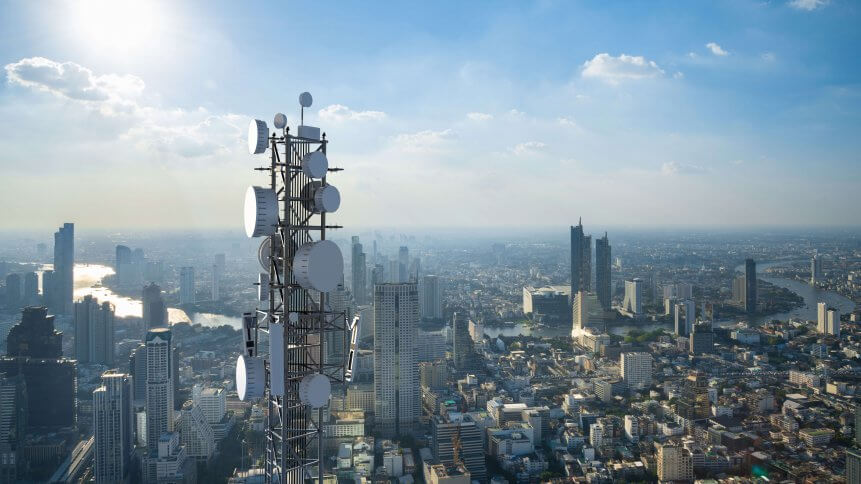
5G is no longer ‘just around the corner’. Although not widely available still, the technology is here and available for public and commercial use.
The next-gen network, with its high-speed and low-latency, has often been forecast to be the enabler of connectivity among the smallest sensors as well as the largest, most powerful devices.
McAfee Chief Scientist Raj Samani told Tech Wire Asia that as a result of 5G, the user experience is now faster and more seamless, encouraging people to connect to the internet on-the-go even more, across multiple devices.
“The level of data transmitted across networks and stored within the cloud will increase with these faster speeds. In turn, the number of devices being connected will grow at an exponential rate, expanding the threat landscape significantly and opening more opportunities and avenues for cybercriminals and corporations that have no regard for privacy to take our data.”
Samani, who is also a McAfee Fellow, said that CIOs and CTOs will be concerned. “As cybercriminals launch targeted campaigns to extract the most sensitive and valuable information, interconnectivity and 5G could be your worst enemy.”
With the arrival of 5G, and with companies now promoting ‘work from home’ as a result of the coronavirus outbreak, technology leaders in businesses know that their data will be spread across more devices, presenting more opportunities for hackers to target the data.
McAfee’s Samani also authored the latest McAfee Mobile Threat Report where he pointed out that regardless of the device in use, criminals are constantly looking for corporate intelligence as well as user data to steal, aggregate, and use for financial gain.
The report highlights the fact that cybercriminals want the quickest and easiest path to money, and hence, are using more sophisticated methods to stay unnoticed, even on mobile devices.
5G is fast, but the newfound connectivity between devices will increase the surface area of vulnerability and make it simpler for cybercriminals to infect devices, stay hidden, and profit.
In the 5G era, companies need cybersecurity by design
Today, cybersecurity isn’t just about bringing in vendors and implementing software measures — there is too much at stake, and not enough is being done.
Hence, Samani believes the companies need to implement (cyber) security by design.
“Chief Risk or Technology Officers need to understand what is at stake for companies. They must also be capable of understanding and balancing technological developments, and a company’s cybersecurity needs.”
Implementing a new cloud server without a Cloud Access Security Broker (CASB) in place, for example, will do the business more harm than good, as the organization’s data will be accessible from multiple access points with no cybersecurity solutions beyond those the service provider offers.
Of course, an organization’s people are its greatest strength — and they’re the ones who will be introducing the plethora of new devices to the company’s network.
Hence, Samani recommends that companies must work on creating a culture of security. Digital transformation doesn’t happen in siloes, and it is imperative for practices across a company to be on the same page when it comes to cybersecurity.
“Training must be provided to all teams, while good practice should be rewarded. Lastly, it starts from the top, and hence, company leaders need to exemplify cyber-secure behavior.”
At the end of the day, the reality is that cyber threats will continue to exist — 5G will only compound vulnerabilities. A strong defense, therefore, is the need of the hour.









